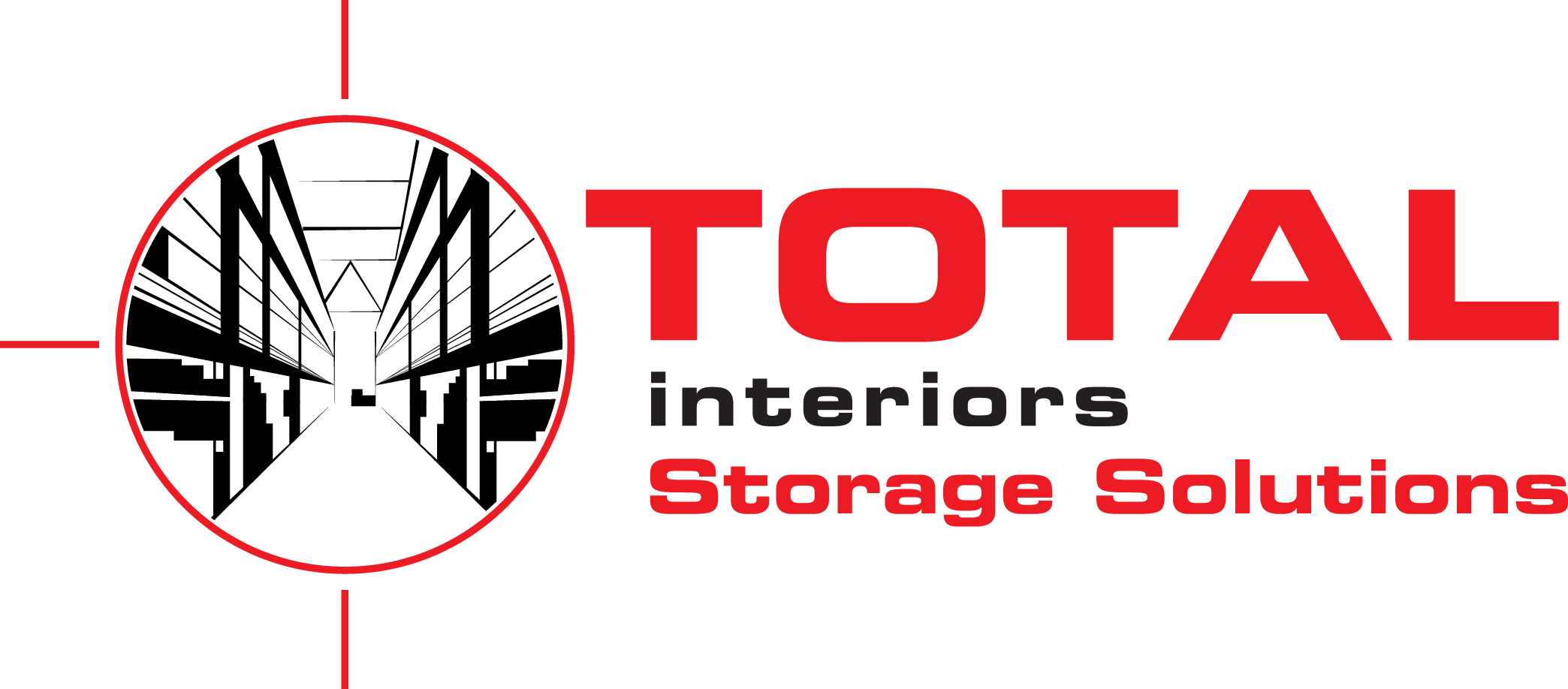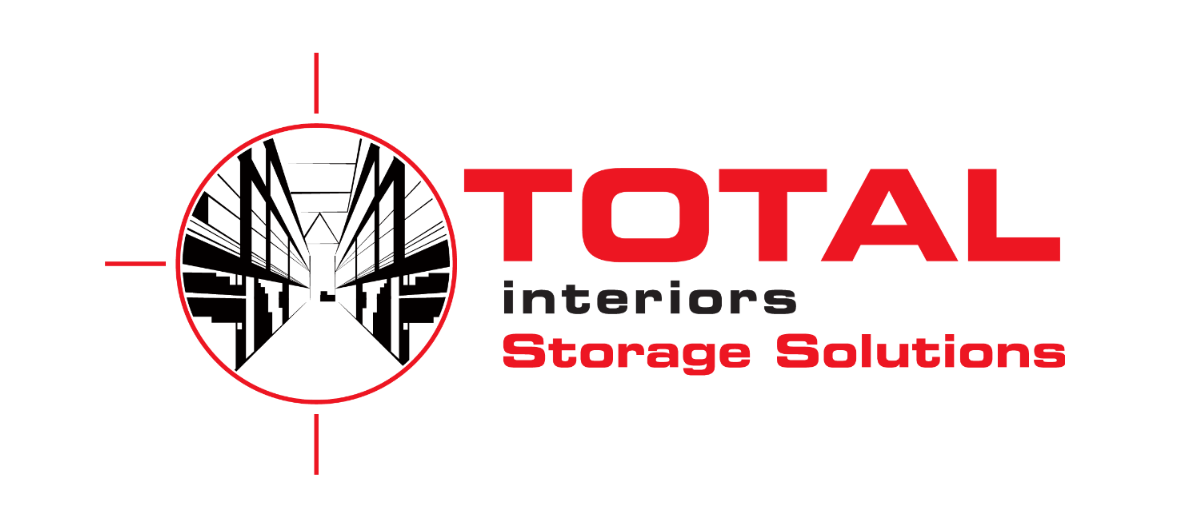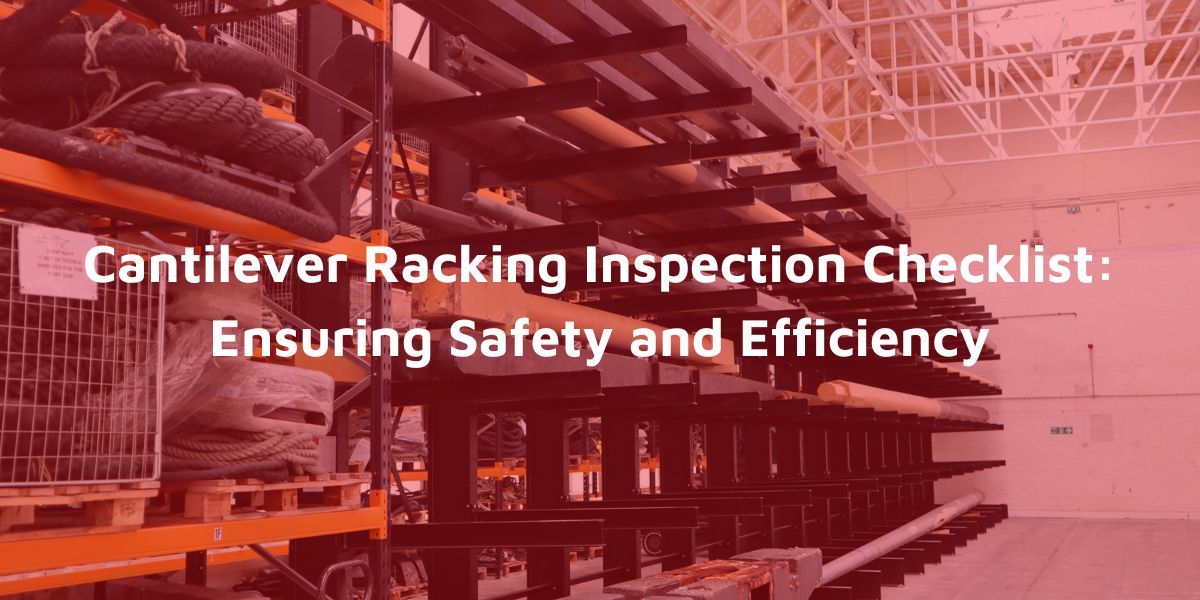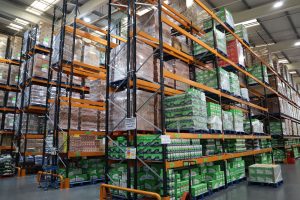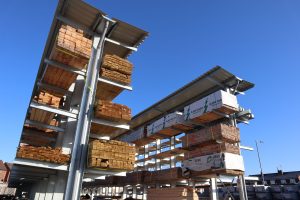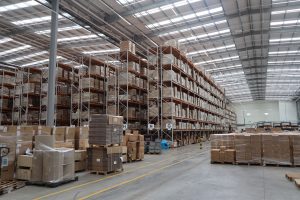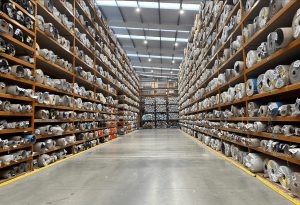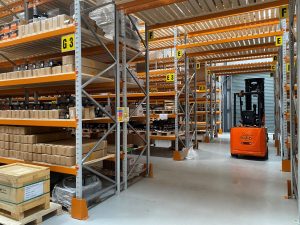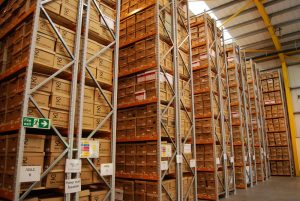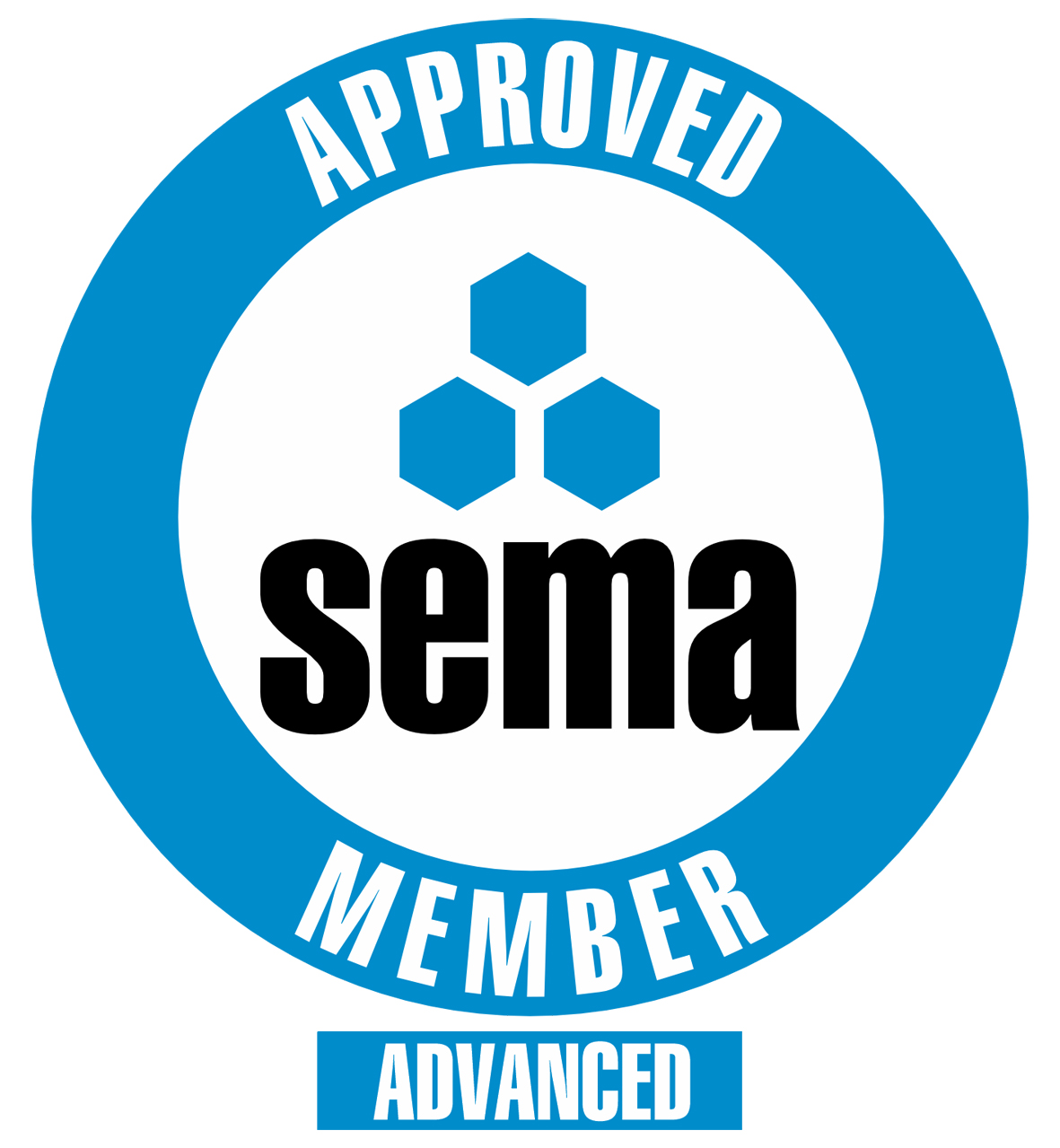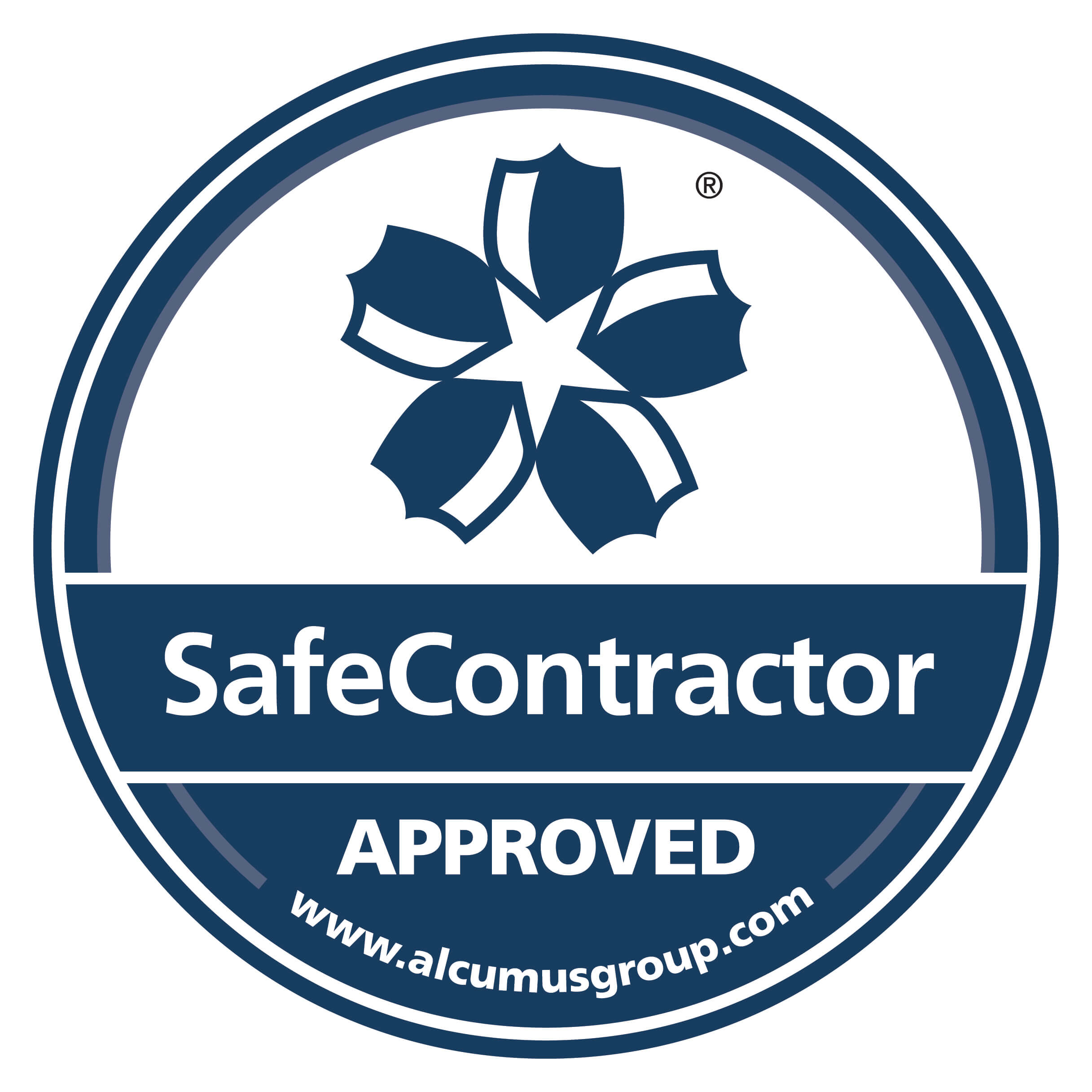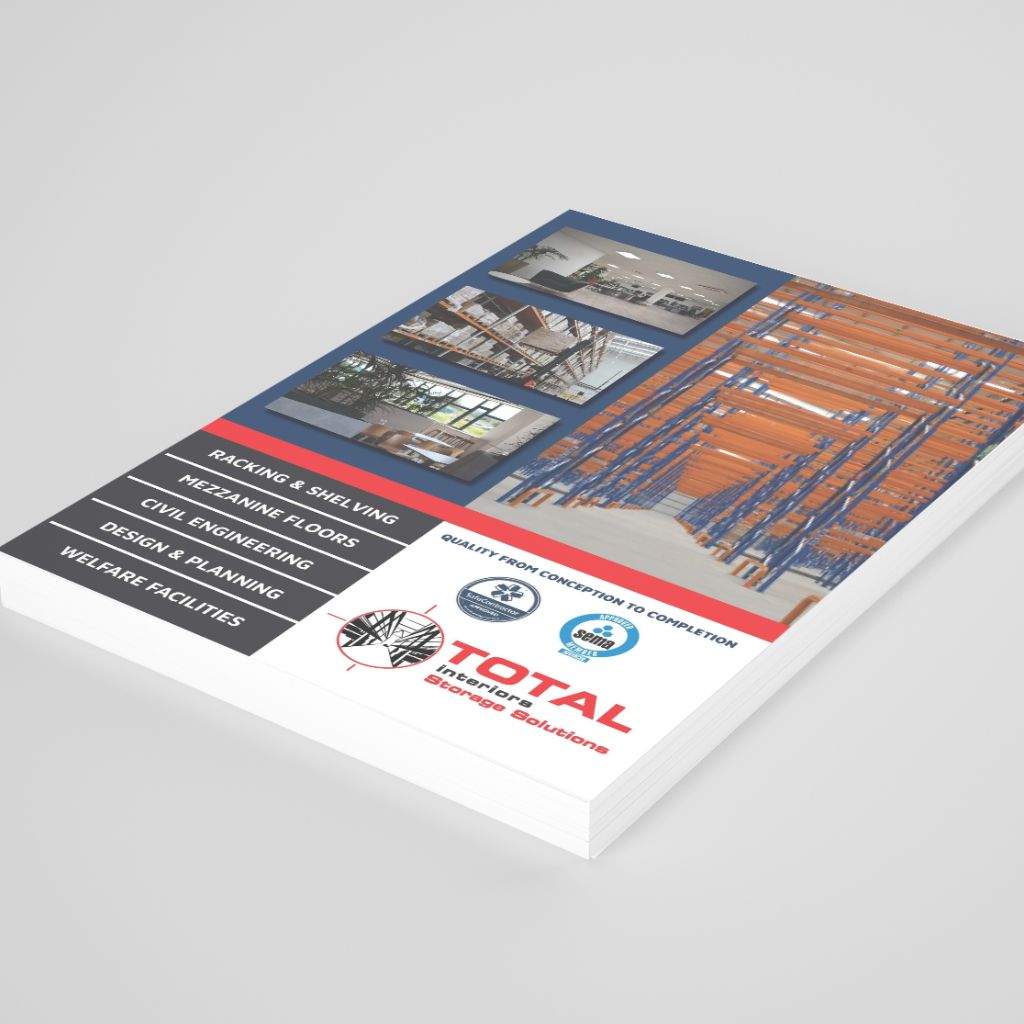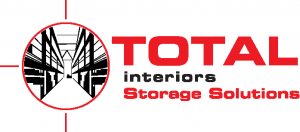Regular inspection of cantilever racking systems is vital for maintaining a safe and efficient warehouse environment. Not only do these inspections help in identifying potential hazards before they escalate, but they also ensure compliance with safety regulations and standards.
This comprehensive checklist will guide you through the essential steps to inspect your cantilever racking system thoroughly.
Introduction
Cantilever racking systems are indispensable in warehouses, especially for storing long and bulky items such as lumber, pipes, and metal bars.
However, like any other storage system, they require regular inspections to ensure they remain safe and functional.
Ignoring these inspections can lead to serious safety hazards, including potential collapse and injury. Let’s delve into a detailed inspection checklist to help you maintain your cantilever racking systems.
Why Regular Inspections Are Important
Before we dive into the checklist, it’s crucial to understand why regular inspections are necessary:
- Safety Compliance: Ensures adherence to safety standards and regulations.
- Preventive Maintenance: Identifies potential issues before they become major problems.
- Operational Efficiency: Maintains optimal storage capacity and organisation.
- Cost Savings: Reduces the likelihood of costly repairs or replacements.
The Inspection Checklist
1. General Condition
- Visual Inspection: Begin with a general visual inspection of the entire racking system. Look for any obvious signs of damage or wear.
- Cleanliness: Ensure the racking is free from debris, dust, and any obstructions that could affect stability.
2. Load Capacity and Weight Distribution
- Check Load Limits: Verify that the load on each arm and column does not exceed the manufacturer’s recommended limits.
- Weight Distribution: Ensure that the weight is evenly distributed across the arms and columns to prevent uneven stress and potential collapse.
3. Structural Integrity
- Uprights and Columns: Inspect uprights and columns for any signs of bending, twisting, or cracking.
- Base Plates and Bolts: Check base plates and bolts for secure fastening and any signs of rust or damage.
- Arms: Look for any signs of deformation or damage on the cantilever arms.
4. Connections and Fastenings
- Bolts and Nuts: Check all bolts and nuts for tightness and any signs of wear or corrosion.
- Welds: Inspect all welds for cracks or signs of stress.
5. Safety Components
- Safety Pins and Clips: Ensure all safety pins and clips are in place and functioning correctly.
- End Stops: Verify that end stops are installed where necessary to prevent items from sliding off the racking.
6. Environmental Factors
- Corrosion and Rust: Check for any signs of corrosion or rust, especially in damp or humid environments.
- Floor Condition: Ensure the floor beneath the racking is level and free from cracks or damage that could affect stability.
7. Load Handling and Placement
- Forklift Operation: Ensure forklifts and other machinery used to load and unload the racking are operated correctly and safely.
- Training: Verify that all personnel handling the racking are adequately trained in safe loading and unloading procedures.
8. Documentation and Reporting
- Inspection Records: Maintain detailed records of all inspections, including dates, findings, and any corrective actions taken.
- Incident Reports: Document any incidents or near-misses related to the racking system and take appropriate corrective measures.
Best Practices for Maintaining Cantilever Racking Systems
Regular Inspections
Schedule regular inspections based on the usage and environment of your warehouse. High-traffic areas or heavy-load racking may require more frequent checks.
Immediate Repairs
Address any issues found during inspections immediately. Delaying repairs can exacerbate problems and increase safety risks.
Training and Awareness
Provide ongoing training for all warehouse staff on the importance of racking safety and proper handling procedures. Regularly update them on any new safety protocols or inspection findings.
Professional Assessments
Consider having a professional engineer or a certified racking inspector conduct a thorough assessment of your racking system periodically. Their expertise can identify issues that might be missed during routine checks.
Conclusion
Keeping your cantilever racking systems in top-notch condition is not just about compliance with safety regulations; it’s about ensuring a safe and efficient working environment.
By following this comprehensive inspection checklist, you can identify potential issues early, maintain the structural integrity of your racking, and ensure the safety of your warehouse operations.
Regular inspections, combined with timely maintenance and staff training, will go a long way in safeguarding both your inventory and your personnel.
